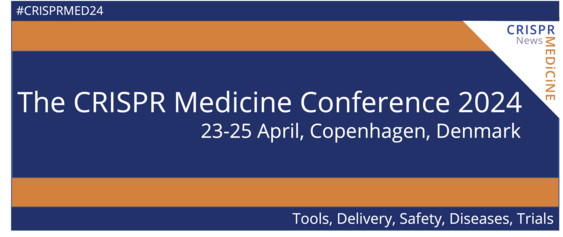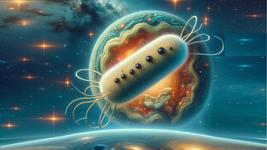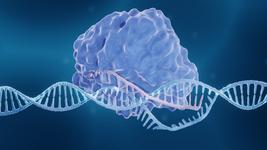Base Editing Provides Potential Cure For Sickle Cell Disease Says Scientists
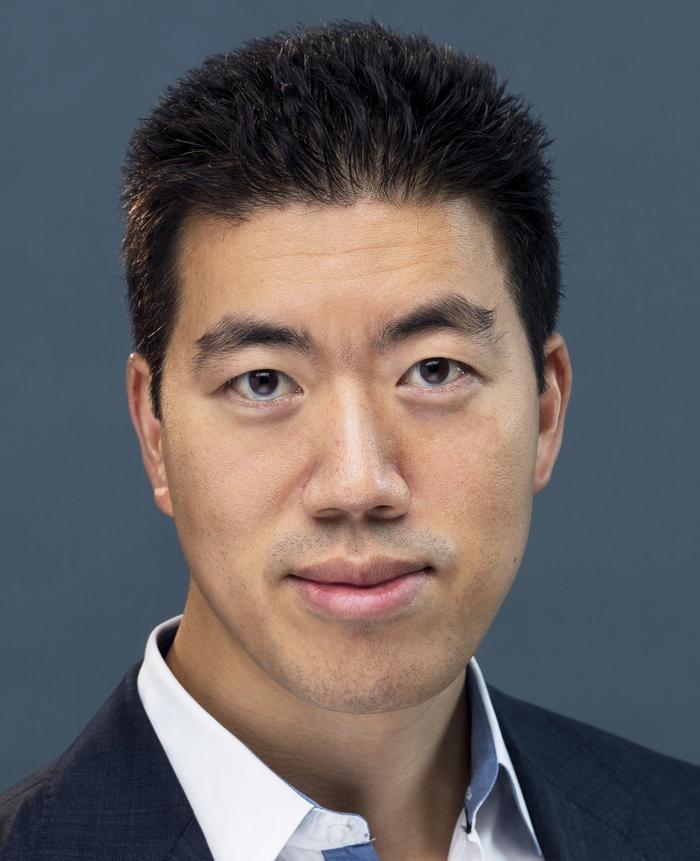
Every sickle cell disease (SCD) patient has the exact same mutation — a single base pair alteration — in their HBB genes. A new gene therapy technique targets that simple cause with an equally straightforward solution, and experts in the field are excited about what they say are particularly promising preclinical results.
Sickle cell disease is a dangerous blood disorder prevalent in regions of sub-Saharan Africa and India in which a patient's red blood cells can't transport enough oxygen throughout the body. The HBB gene normally encodes the haemoglobin component protein β-globin, but a mutation in both copies of the gene causes the protein to come out deformed and rigid. The potential for dangerous blood clots and that inability to carry oxygen to the parts of the body that need it can lead to organ damage, intense pain, and early death.
Because the HBB mutation that causes SCD is so simple and treating SCD with bone marrow transplants is so difficult, the condition has become a common target for gene therapy researchers and developers seeking practical applications for their technology. Other researchers have attempted to treat SCD by reawakening fetal haemoglobin, by breaking the DNA strands to replace a chunk of the mutated HBB gene with a sequence of healthy DNA, so on and so forth.
The new approach uses the most straightforward strategy yet — and unlike the other strategies, it actually does away with the mutated haemoglobin in addition to producing healthy proteins.
Taking advantage of the new base editing technique researchers was able to correct the HBB mutation and replace the faulty β-globin protein with a non-pathogenic variant with extremely high efficiencies — more than enough to have therapeutic effects in lab mice, according to research published Wednesday in the journal Nature.
»In this new work, we developed a base editing strategy to efficiently correct the mutation that causes SCD in a patient’s own blood stem cells, without requiring DNA cleavage or new DNA,« says David Liu, who first developed base editors in his lab in 2016 and 2017 and who coauthored the new paper with postdoc Gregory Newby and Dr. Jonathan Yen. Both are researchers at the Broad Institute of Harvard and MIT, while Yen is a researcher at St. Jude Children’s Research Hospital.
Swapping a pathogenic mutation for a benign mutation
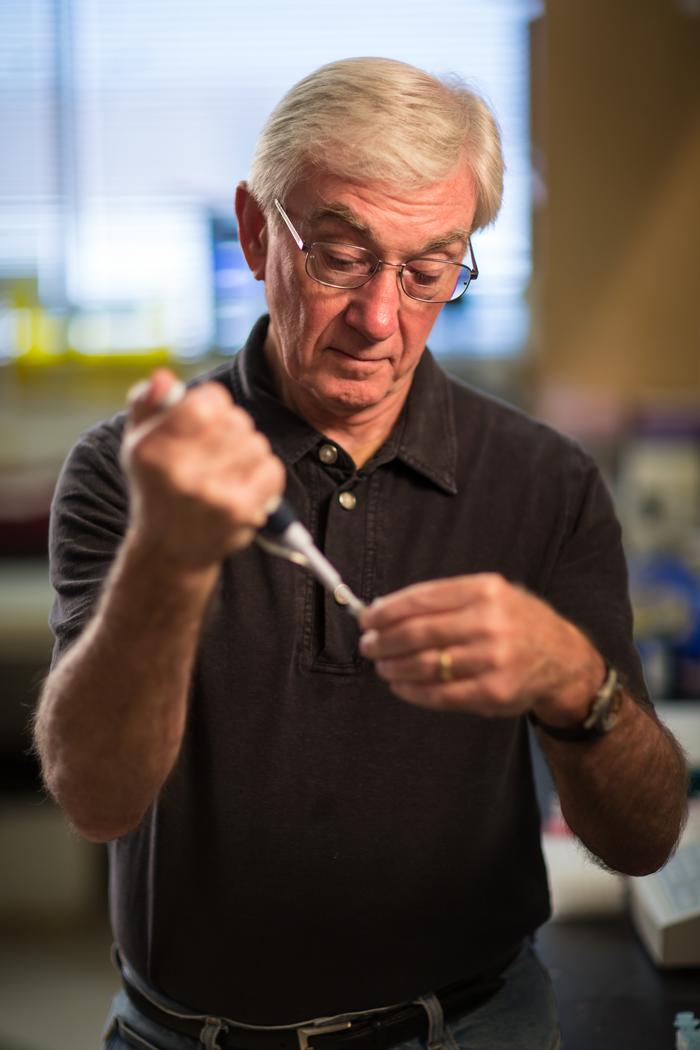
Before Liu and Newby could use base editing to treat SCD, however, they had to overcome some technical hurdles. Namely, base editors are incapable of editing a mutated HBB gene back to the wild-type variant found in healthy cells, so Liu and Newby edited the gene into an entirely different, extremely rare variant called Makassar β-globin that doesn't seem to be linked to any disease.
»The challenge for base editing has been that neither of the two different types of base editors David Liu's lab has developed is capable of reversing that mutation so it goes right back to the normal or wild-type β-globin,« says Dana Carroll, distinguished professor of biochemistry at the University of Utah School of Medicine, who didn't work on the new paper.
»It's really a clever approach because while the base editors can't turn sickle cell β-globin into wild type β-globin, they are capable of converting the sickle cell version to this Makassar version. There are very, very, very few people in the world who naturally have this variant, but as far as anyone can tell, they're perfectly healthy. They have no haematologic deficiencies; you might not even know that they had a different version if it weren't for some detailed analyses,« Carroll adds.
Medical geneticist Joseph Hacia at the Keck School of Medicine of the University of Southern California agrees.
»It's an interesting field of research because there are many different approaches to trying to address this problem. But ultimately nothing would be more precise than to actually rewrite the genetic lesion. In this case, they're not exactly rewriting it back to wild-type but they're rewriting it back to a state that's nonpathogenic, and that's just as good,« says Joseph Hacia, who also didn't work on the paper.

Specifically, Liu and Newby developed a way to modify the haematopoietic stem cells (HSCs) that manufacture blood cells and plasma using a custom base editing enzyme that converts the mutant valine base into alanine rather than the wild-type base glutamic acid. The enzyme, a particularly active deoxyadenosine deaminase called TadA-8e, was crucial to achieving the high efficiencies reported in the paper. Because base editing requires extreme precision, the researchers also developed a custom Cas9 protein that recognized a specific protospacer-adjacent motif (PAM) sequence near the mutation to limit off-target edits.
High efficiency would be a cure in patients
To test the technology, the researchers recreated the early steps of a typical ex vivo HSC treatment up to the point of the transfusion. That means they extracted HSCs from human patients, treated them with the base editing Cas9 therapy, and allowed them to proliferate. In the cells themselves, the researchers measured a roughly 80 percent conversion rate from SCD to Makassar β-globin.
In addition to testing the HSCs, Liu and his team also implanted the human cells into lab mice to see how well the treatment worked on an animal model of sickle cell disease and whether the levels of cell rescue they observed were enough to make a therapeutic difference.
»The mice transplanted with unedited cells showed typical SCD symptoms: sickled red blood cells, consequences of short red blood cell lifetime, and an enlarged spleen. In contrast, SCD mice transplanted with edited cells were improved by every tested disease metric, with all measured blood parameters restored to levels indistinguishable from those of healthy control animals,« says Liu.
Liu tested the mice again 16 weeks later to find that the cell rescue was indeed long-lasting — at that point, the Makassar variant still made up 79 percent of the β-globin in the mice's bloodstreams. That longevity coupled with the high rates of gene rescue efficiency make the strategy a particularly promising approach for a one-time sickle cell disease cure, Liu explains.
The word "cure" is complicated when talking about gene therapies and experimental treatments, but several experts agreed that it was appropriate for Liu to use it in this case, and Carroll went as far as saying that Liu ought to consider pursuing early phase I clinical trials based on how well this preclinical study went.
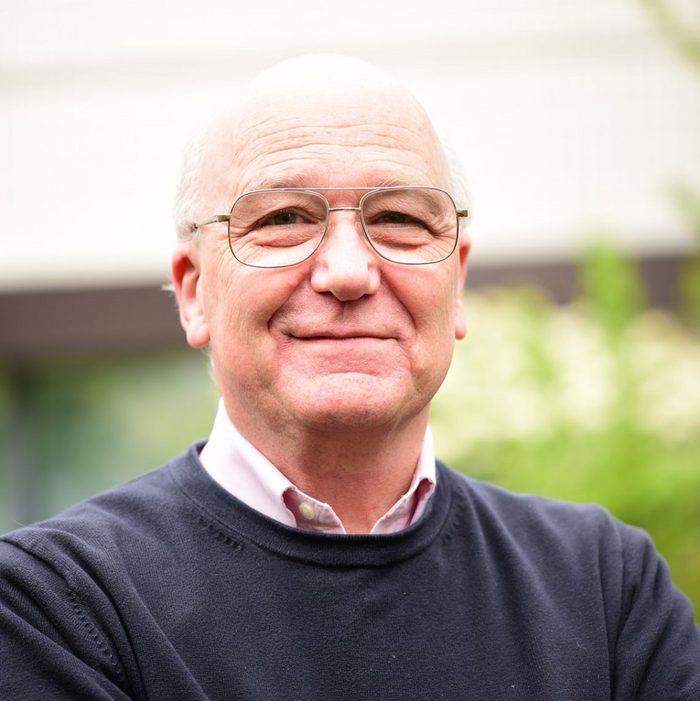
One of the great challenges with gene therapies is increasing the percentage of cells that in which the DNA alteration "sticks", so to speak. But with SCD, experts say that even small numbers like 20 percent efficiency would be enough to make a huge difference in a patient's quality of life — a threshold that Liu's experimental therapy cleared several times over.
»People are struggling for enough conversion, enough correction to actually make it efficacious in a clinical setting,« Carroll says of researchers taking different approaches to SCD gene therapies.
»One thing worth talking about in this paper is the efficiencies that they were able to obtain. The efficiencies of conversion from sickle to Makassar are quite high. Depending which of their experiments you look at, they're well above 50 percent. If you could achieve those levels in human patients, that would be a cure for sickle cell disease,« Carroll adds.
University of Oxford emeritus professor of haematology Douglas Higgs and Oxford associate professor of genomics James Davies hold a patent on the process of converting SCD β-globin into Makassar β-globin. With Liu's base editors, they say that they expect a human gene therapy to reach an astounding 90 percent conversion efficiency — more than enough to consider a patient's SCD functionally cured.
»The jury is out at the moment as to the best approach but it is reasonably likely that the base editing approaches that David Liu and we have been developing will be superior…« Davies and Higgs say in a joint email.
Hacia agrees that he expects base editing to provide a better gene therapy than viral delivery vectors, but he still has some reservations about the treatment's future based on what he saw in the new paper.
»The technology that wins out in the real world is not necessarily the one that's the most optimal. There are a lot of things that go into it; there are a lot of pragmatic issues. But from an academic point of view, this is the most elegant approach to the problem. Now it comes down to the pragmatism of whether or not this is going to potentially supplant other approaches that are being used in the clinic,« Hacia says.

Hacia's main question — and he acknowledges that it may be a non-issue that works out just fine — is whether the altered HSCs will produce enough cells, if the treatment will continue to work at a large enough scale to be efficacious in non-human primates or eventually in human patients. On top of that, he also speculates that operating this gene therapy at a large enough scale might prove less cost-effective than other therapies that are already being tested on human volunteers.
»But nevertheless, the elegance of it — it is elegant to be able to rewrite the genetic lesion — that is quite exciting. The work is rigorous, I think they've done appropriate controls, and they've attempted to look really rigorously at off-target effects. I like the fact that it's nonviral because you don't have to worry about viral integration sites,« Hacia says.
However, Carroll warns that base editors do carry some risk of off-target effects — they're just less likely to be significant since the gene editing machinery doesn't actually break the DNA molecule.
The elephant in the room - how to pay for it?
The remaining challenge, of course, is the fact that gene therapies are expensive, HSC transplants are difficult to package up and conduct around the world, and the people who will eventually have access to a theoretical base pair gene therapy for SCD will likely live in a different part of the globe than the people who desperately need it.
»It's actually quite hard to envision how this particular approach could be packaged in a way and applied in a way in areas of the world where many more people need the therapy than are suffering from it here,« says Carroll.
Of course, it's unfair to critique David Liu, his colleagues, or this new paper for global inequality or inequity in the distribution of access to healthcare. But those are challenges that the gene editing field will need to reckon with in some way if their work is ever going to become beneficial to patients in need at a large scale.
»There are 300,000 infants born each year throughout the world with thalassemia and sickle cell disease. This creates a huge public health problem and creates enormous health bill in countries where treatment can be delivered,« say Higgs and Davies, who noted that gene therapies like the one Liu developed could cost between $1 and $2 million in the United States.
»In most areas where these diseases occur treatment (blood transfusion, iron chelation, or bone marrow transplantation) is not available and so there is considerable morbidity and mortality. I think these approaches will be transformational from a biomedical point of view but there is a risk that they could be unaffordable for many patients,« they add.
Carroll remains optimistic that those costs will decrease and that the treatments themselves will become more portable. Still, he says it will pose a major challenge to those in the field, financially and academically, to make sure that their contributions to medicine mitigate rather than worsen global inequality.
Those are grander challenges than this new Nature paper set out to solve, however. For now, the therapy seems to work exceptionally well, and there's reason to be optimistic that SCD patients could get access to the help they need and deserve in the foreseeable future.
»It's been a heroic effort by many people, but the answer could be you just repair the base pair. That's very beautiful, but we lacked the technology before. And now we have the possibility for at least some people to get treated if they're in a place that allows for bone marrow transplantation to occur,« adds Hacia.
Link to original article in Nature: Base editing of haematopoietic stem cells rescues sickle cell disease in mice.
Dan Robitzski is a science journalist and former neuroscientist based in Los Angeles.
Tags
ArticleInterviewNewsSickle Cell Disease, SCDBase editorsCas9
CLINICAL TRIALS
Sponsors:
National Institute of Allergy and Infectious Diseases (NIAID)

